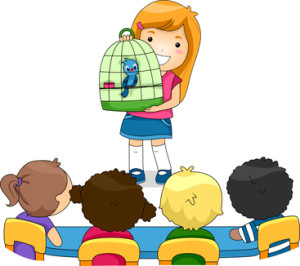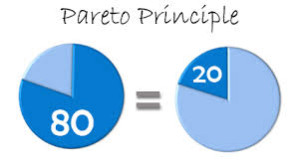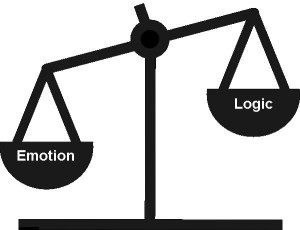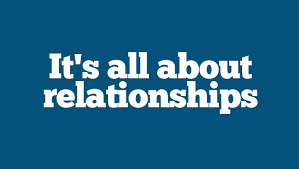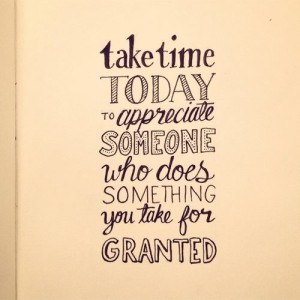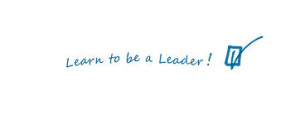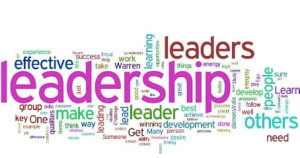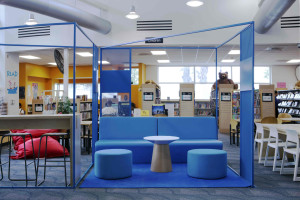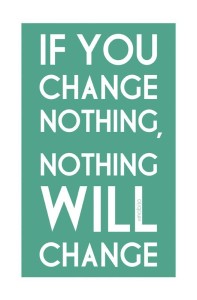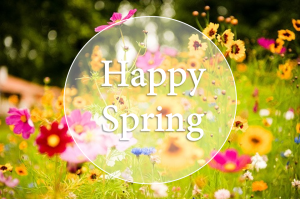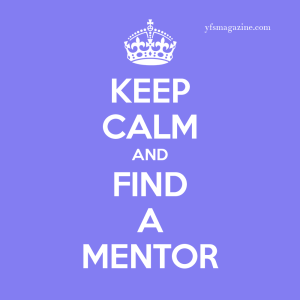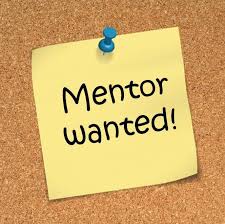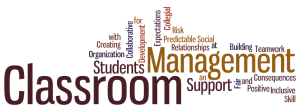 I was speaking with a colleague and friend who was having some difficulties with classroom management in the library. It is a challenging task for many—even for former classroom teachers. From elementary through high school, the open space along with less close supervision is a great temptation for students to behave as though the facility is similar to the cafeteria or playground, leaving you to spend important time in trying to maintain order. How do you deal with this?
I was speaking with a colleague and friend who was having some difficulties with classroom management in the library. It is a challenging task for many—even for former classroom teachers. From elementary through high school, the open space along with less close supervision is a great temptation for students to behave as though the facility is similar to the cafeteria or playground, leaving you to spend important time in trying to maintain order. How do you deal with this?
How you begin is usually how things will continue. Think of students’ entrance into the library. Look at your physical space. How does the traffic pattern cause them to enter? If it’s wide open, elementary students will have a tendency to rapidly spread out before you can start the lesson. See if you can move some counter height shelving to create a directed flow. This way you can greet your class as they enter. Smiling, speaking to them individually, asking one or two to help their classmates with the book return and getting seated will set a tone for cooperation and participation. Once this becomes a routine, students will respond to it more quickly. Ask different students to assist at each visit—including those you find challenging.
At the middle and high school level, you rarely have problems with the drop-ins, but depending on how well the teacher is at managing, a class can enter being rowdy. A sense of humor goes far in restoring order. Comment on how pleased you are at their enthusiasm. Some of you use Exit Tickets to bring a library visit to a thoughtful close. Try Entrance Tickets to quickly focus students on the task ahead of them.
As they walk in, hand students cards, each with one question. These may be duplicated so you only need three or four. For example, if the class is going to be working on World War I, you might have cards with the following: “When should the U.S. go to war?” “Chemical warfare was a big part of World War I. Is it ever justified?” “Does war have rules? Who makes them? What should be done if they aren’t followed?” Before starting the lesson, discuss the Entrance questions and get students thinking about their own views on war. This will help them determine what issues they will explore in their research.
 Exit Tickets, if you haven’t used them, serve to foster metacognition and “lock-in” the learning. Among the questions to ask, culled from an AASL listserv, are: “The most important thing I learned today was…” “I knew…I now know… and I was surprised to learn…” “I would like to learn about…” Elementary students can answer as they line up. Have middle and high school students respond when you call them back together after they have completed their research for the period.
Exit Tickets, if you haven’t used them, serve to foster metacognition and “lock-in” the learning. Among the questions to ask, culled from an AASL listserv, are: “The most important thing I learned today was…” “I knew…I now know… and I was surprised to learn…” “I would like to learn about…” Elementary students can answer as they line up. Have middle and high school students respond when you call them back together after they have completed their research for the period.
And remember, give yourself a break. Some days you are not going to be successful. However if you focus on good classroom management practices, your own confidence level will improve and you will be able to keep the problem days to a minimum. With the school year coming to an end, it is a good time to consider what changes you can make for next year.
What are some of your favorite techniques for managing the school library environment?


